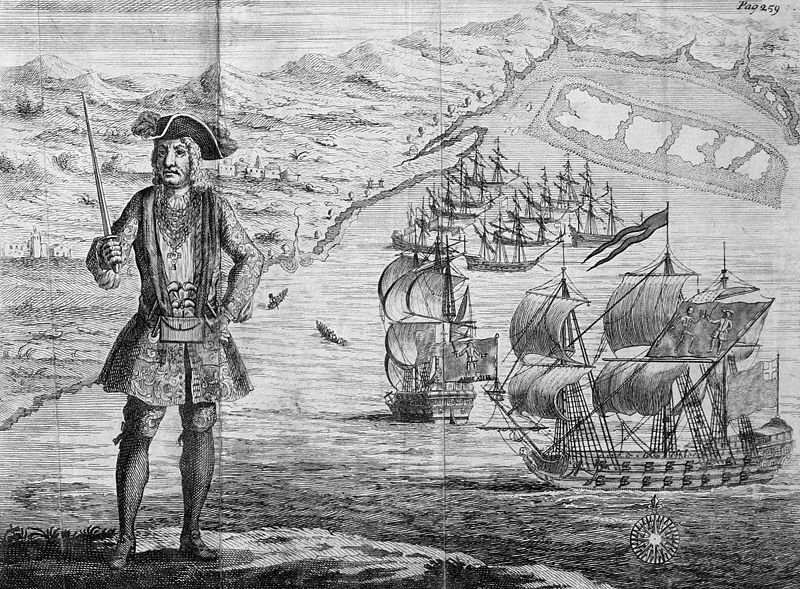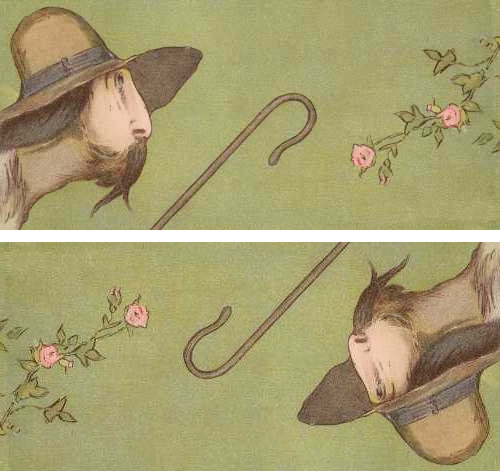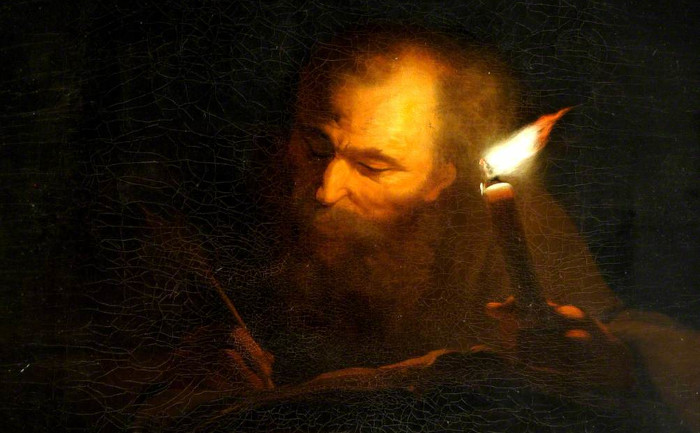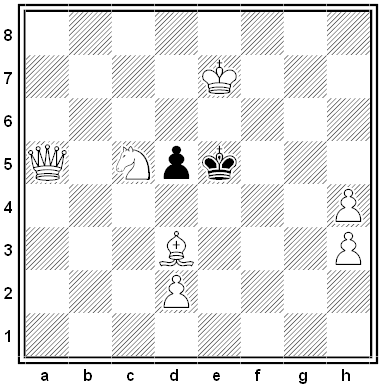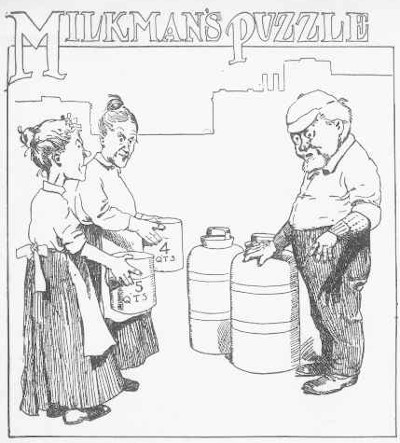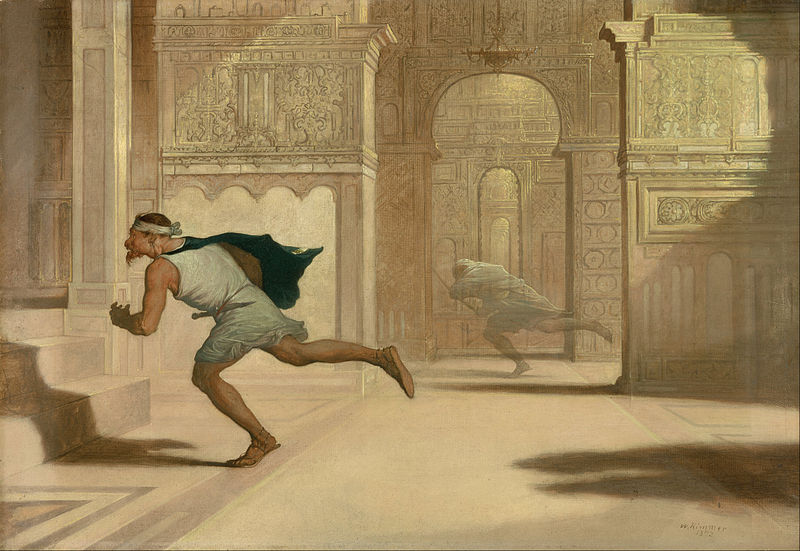A golfer takes a swing at a golf ball. Fortunately it’s a good shot, and the ball heads for the cup. Unfortunately, a squirrel, rather dangerously positioned near the cup, kicks the ball away, thus decreasing the ball’s chance of landing in the cup. Fortunately, the ball then hits the branch of a nearby tree and is deflected into the cup.
“Question: was the squirrel’s kick a cause of the hole-in-one?” asks Australian National University philosopher Helen Beebee. “According to some philosophers’ intuitions, the answer is yes. According to others, the answer is no: the ball went in despite the kick. According to a third view, the kick was a cause of the hole-in-one and the hole-in-one occurred despite the kick.” Who’s right?
(Helen Beebee, “Do Causes Raise the Chances of Effects?”, Analysis 58:3 [July 1998], 182-190. The original example is due to Deborah A. Rosen.)

